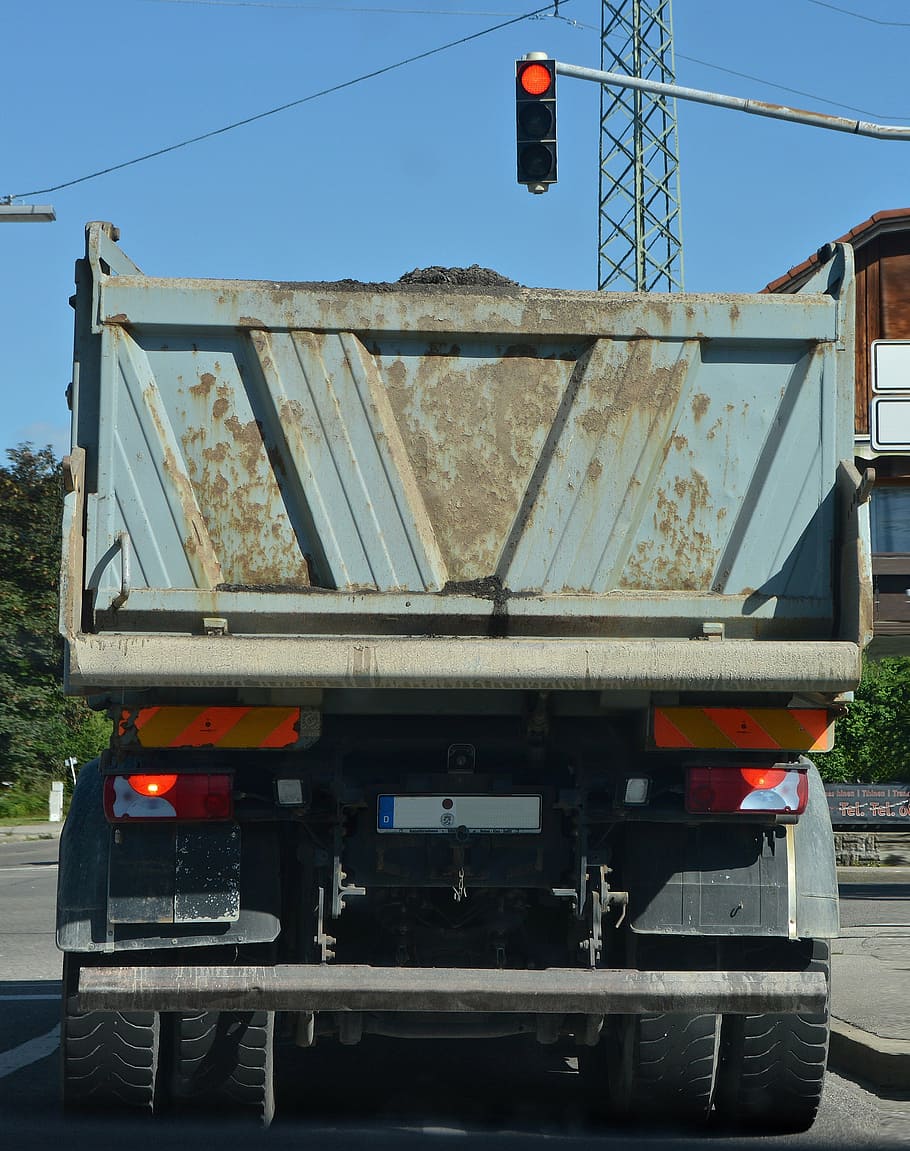The article is overly dramatic. It’s like someone putting an RFID Tag ON something.
You’re not going to eat this microchip unless you are a fan of eating Parmesan rind, the part where they add a label made from casein.
Also: 1 1/2 year old news
it’s not news it’s shit post sry
So I had the most blasphemous dream about Easter and cheese.
This church, you know the one, had an Easter party. They had the tomb, and when the wheel was gone Jesus would come out and greet Mary. The wheel was a giant wheel of cheese and everyone got to take like five pounds to fondue right there and five pounds to eat later (my dreams end with everyone happy most of the time) but like there was still a lot of cheese this was the first time we did this and the wheel we got could feed like, maybe me and one other dude who likes cheese. Did I mention I like cheese I mean I’m dreaming about a big fucking wheel of it. We’re talking six month supply, seven feet across five feet high fuck I was trying to go to sleep and then I started telling a story about cheese now I’m hungry dammit. Anyways, this big fucking wheel of cheese, we bought too much, if such a thing as the concept of too much cheese can exist and I argue it cannot. But anyways that’s why Jesus isn’t back, it’s because we couldn’t finish the cheese at the Easter party.
I’ll have whatever it is that you are on.
Dang ol’ Wallace over here. 😂
Authenticated cheese is the answer to the question, “what is the blockchain really good for, other than laundering money?”
someone who isnt me uses it to buy illegal crime drugs like marijuanas
See? Criminiminiminal activity!
wtf i love crime now
Two? Two!? Did you inject both!!? That’s simply too much cool. Things could tip over.
But I only had two marijuanas, I was told that was ok by the cool guy on the corner.
I don’t get why people think putting manifests on a blockchain is a good idea. Fraudulent manifests are usually the result of entering fraudulent data into the system, not modifying it mid-flight. If you want a way to address those situations, you need another layer where a trusted central authority is able to revise events. At which point, why even have a decentralized layer?
I see here no-one has a clue and expects Italian farmers to behave like american businesses, so I’ll have to explain. The ideology of Italian farmers (and pretty much all euro farmers) is pretty ugly, but also different from your typical murican grift.
In the specific case, Parmigiano-Reggiano producers are obsessed with the idea that they are losing billions to “Italian sounding” products like american Parmesan. Which they believe are sold interchangeably.
The thing that guarantees the absence of fraudolent data is that only “legal” Parmigiano producers from the Modena-Reggio-Parma area would be allowed to enter data in the system, and your american counterfeit Parmesan would be barred. Of course such a system is blind to the fact that they themselves are likely lying about the origin of their milk, but that’s a feature, not a bug.
Unfortunately this is not even peak farmer craziness around here, but that’s a different story (the farmer parties e.g. the dutch one are really ugly).
And this is all beside the obvious fact that Parmigiano-Reggiano is indeed the finest cheese in the world, so far ahead of the Parmesan competition that no person could mistake one for the other in a blind test. And the French and Dutch can bite me.
Because some manager thought “Blockchain” made the whole thing sound more high tech.
I don’t get why people think putting manifests on a blockchain is a good idea.
Because you can still separate many fools from their money by adding “blockchain” to whatever you are doing.
Probably if you want to know you should ask the people that decided on this system I doubt this was their first option
this honestly doesn’t sound too bad (as long as the chips aren’t toxic)
using blockchains to track the movement of goods, like from ports or for cheese, is probably their only non-BS use case other than volatile currencies
the reason a Blockchain would be preferable to a traditional database is bc its effectively impossible to change the records on it
It’s ironic that the design of blockchain is to be impossible to edit as security against fraud. Because crypto is famous for all the fraud, And the block-chain’s nature makes the fraud permanent and fixed.
At least one of the currencies had to fork because fraudulent transactions couldn’t be undone.
impossible to edit as security against fraud.
Well security against monetary fraud, like faking coins or double spending. Especially double spending, at the time when bitcoin started pretty much all the other mathematical problems were figured out except that one.
And the block-chain’s nature makes the fraud permanent and fixed.
Not true
well it is unless the blockchain is forked without that transaction, which doesn’t happen often at all so its mostly true with like two exceptions ever
They’re silicone so I don’t know. They’re “considered safe for food use” right now.
using blockchains to track the movement of goods, like from ports or for cheese, is probably their only non-BS use case other than volatile currencies
We already do this with barcodes and QR codes, which you can just make with a printer.
No? Barcodes and QR codes do not have enough information for unique identification. (Well they could but they start getting bigger and bigger)
But the real issue is needing these codes tracked and audited in a public manner. Instead of having a third party company trusted with all the cheese, you use a Blockchain with a public ledger. This doesn’t even require much processing power since there’s no incentive to mine as many blocks as possible.
I hate cryptobros but logistics is a good use for the tech. Tech is tech, not all use cases are bad.
Barcodes and QR codes do not have enough information for unique identification. (Well they could but they start getting bigger and bigger)
This is not really true. A 16-digit decimal code gives you 10 quadrillion unique numbers. FedEx handled ~3 billion packages in 2024, so at that rate it would take them more than 3 million years to use up the ID space. You don’t need ridiculously long strings (e.g. blockchain tokens) for useful package ID codes.
If you stored the 16 digits as ASCII characters (7 bits each) it would be all of 112 bits of data. The Micro QR format is more than enough to represent that data, with room to spare for error correction. If you used alphanumeric instead of decimal you’d have 62^16 unique IDs (UC + LC + 0-9), still only 16 ASCII characters (112 bits), and at that point you’re more worried about the sun burning out than you are about running out of package ID codes.
But the real issue is needing these codes tracked and audited in a public manner. Instead of having a third party company trusted with all the cheese, you use a Blockchain with a public ledger. This doesn’t even require much processing power
If you want the tracking to be useful, then every time a package passes through a handling station the ID needs to be scanned and the ledger updated indicating the transfer of the package ID from one station to the other. Then every node on the blockchain network needs to update their copy of the ledger with the new transaction data. Never mind mining, if you’re handling millions of packages per day then updating the ledger will create a stupid amount of network traffic and just eat processing power.
since there’s no incentive to mine as many blocks as possible.
Without mining, what incentive would there be for anyone besides the actual shipping company to host a blockchain node for this? How would it not still be “a third party company trusted with all the cheese”?
Once a transaction is sent and confirmed, it cannot be reversed.
QR codes are just symbols in a camera readible way and barcodes numbers in a camara readible way.
A storage medium for 0´s & 1´s like a USB stick or a disc but way less storage.They dont add any security, heck when you would have looked at barcodes you would likely have realised that the same product uses the same code (and not each one being unique)
Their use cases are cashiers dont have to manually find/type each product into their terminal but have a scanable ID & QR Codes are mostly to open websites as users without having to type a potentionally long URL.
In booth cases they remove the human error.QR codes are just symbols in a camera readible way and barcodes numbers in a camara readible way.
A storage medium for 0´s & 1´s like a USB stick or a disc but way less storage.Yes, a QR code is a representation of digital data. There are different versions which can represent different amounts of data. The represented data can be anything that you want, as long as the scanning device can interpret that data as something useful.
They dont add any security,
An RFID tag holding a blockchain token string also does not add any security, it’s just a different thing holding an alphanumeric value. They could just use RFID tags without the blockchain, the result would be the same.
But my point is mostly that this is already an entirely solved problem, you don’t need very many bits to store a useful unique ID code, you certainly don’t need a blockchain-token-value amount of bits, and a printed paper tag is cheaper, easier to manufacture, and less environmentally impactful than a microchip.
Cheesechain
Big Parma
cheesecoin
Cheesewallet
Explore the fetaverse
I read this thread title in Alex Jones.
“Micro chips” cost almost nothing in bulk. They are like a barcode sticker, but sub-surface. Even the scanners are affordable. Plugs right into USB and emulates a keyboard that sends key strokes for the chip ID. Full-size Parmigiano wheel can cost a pretty penny.
Edible microchips
Look at me, I’m the cheese now.








